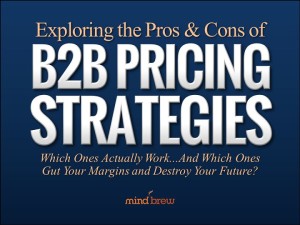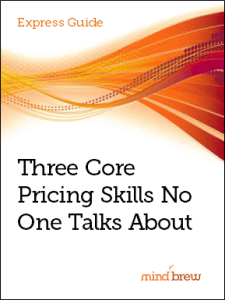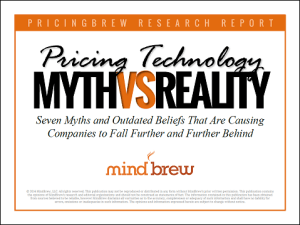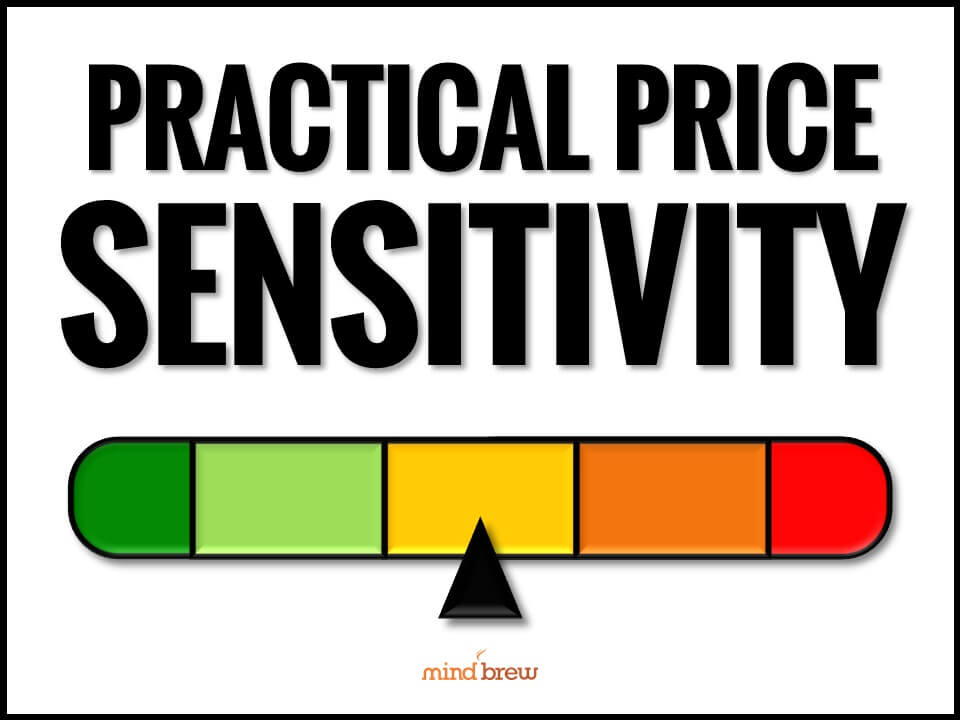Mark Twain once said, “Whenever you find yourself on the side of the majority, it is time to pause and reflect.” We’re pretty sure Mr. Twain didn’t have B2B pricing strategy “experts” in mind when he said this—but he could have.
There’s a lot of conventional wisdom about pricing strategy that is just plain wrong. In university courses, books, blogs, websites, and within B2B companies, you can find people advocating for cost-plus pricing, penetration pricing, and other strategies that really aren’t useful—and in some cases they could even be dangerous.
So how do you know if what you’re reading or hearing is on target or not?
Here are five ways that the conventional B2B pricing wisdom is problematic. If you find any of these characteristics in something you are reading, it’s time to move on.
- Pricing strategy is often discussed as though it were a discrete or standalone decision. In order for your pricing strategy to be effective, it must be aligned with your company’s larger goals. You should never devise a pricing strategy without first considering the implications for sales, marketing, finance, customer service and any other areas that will be affected by your decisions.
- In examples and use cases, third parties often inaccurately classify a pricing strategy after-the-fact. When someone says that such-and-such company was following such-and-such pricing strategy, don’t take their word for it unless they have actually spoken with the pricing practitioners in the company. From the outside looking in, it’s really hard to tell what strategy a company is following, and we’ve seen many cases where we know for a fact that the press or analysts got it wrong.
- Some people are still teaching pricing strategies from another time. A few business professors, particularly those with classes in product management, are still teaching the pricing strategies that were used in the 70s and 80s. Today’s buyers, markets, and technology are radically different, and these older strategies are simply no longer relevant.
- People present pricing strategies as an “if/then” proposition.You might hear people say if you are introducing a new product, then of course you will want to follow this particular strategy. Wrong! Creating a strategy is a complicated process that must take into account a myriad of factors. If/then statements are far too simplistic.
- Discussions of pricing strategy often fail to acknowledge the massive changes in B2B. Thanks to technology and globalization, pricing is much more transparent now, which has big implications for pricing strategy. In addition, buyers have become much more savvy—many have been trained in how to obtain more favorable pricing. And B2B firms have new technology at their disposal that opens up new possibilities that simply weren’t available in the past.
So what pricing advice should you follow?
The webinar titled “The Pros & Cons of B2B Pricing Strategies” delves into some of the most common approaches to pricing strategy. It analyzes the strengths and benefits of each so that you can make an informed decision about what will work for your firm.
Don’t choose a pricing strategy because the conventional wisdom says that’s what you should do. If you educate yourself on the relative merits of the possibilities, you’ll be well-armed to create a customized plan that works for your particular situation.














